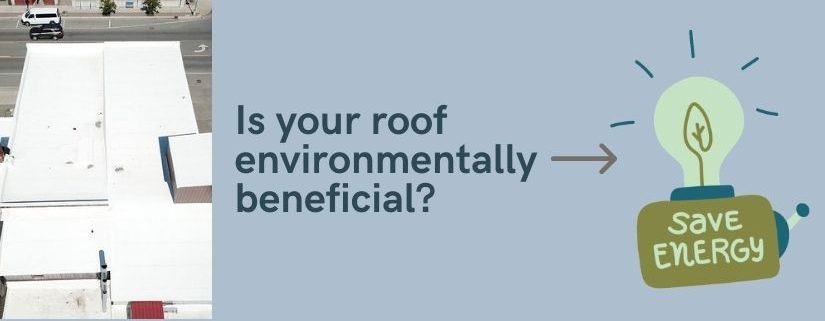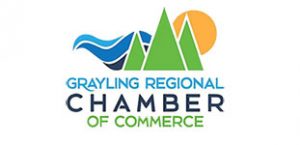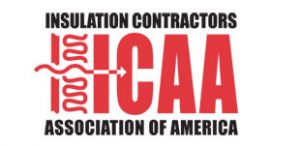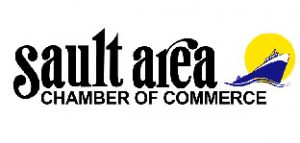Environmental Considerations for Commercial Roofs
In recent years, the commercial roofing industry has been trending toward lightweight, reflective materials. This shift has been environmentally beneficial in a couple of obvious ways: 1) lightweight means that less fuel is necessary to transport materials to the job site; 2) reflective means that the roof can deliver summertime energy savings to commercial facilities by reducing HVAC loads.
These roofing systems, primarily thermoplastic varieties like PVC and TPO, bring other environmental and business benefits as well. For example, in facilities that are not air-conditioned, reflective roofing can reduce interior temperatures because less heat is transferred into the building. Studies have shown that workers are more productive in environments that are even moderately cooler.
The observance of urban heat islands (UHI) has been an environmental topic for several years. A UHI is a tendency for cities – even small ones – to be several degrees warmer than the surrounding countryside. This is because roofs, streets and other “city” materials absorb and retain heat, creating conditions ideal for smog to form, which is a cause of respiratory health problems. Reflective roofing systems offer a benefit in this area because they don’t retain heat and can help reduce the UHI effect.
The insulation under your roof membrane is critical for keeping your building cool in the summer and warm in the winter. You may find it interesting that studies indicate that extremely high temperatures lower the R-value of most types of roof insulation and shorten the lifespan of its effectiveness. Cool, reflective roof materials reduce the amount of heat that penetrates, helping maintain insulation R-value and preserving your investment in insulation.
When it comes to roofing systems, PVC membranes have a smaller carbon footprint than others on the market, such as TPO, EPDM, built-up roofing, or modified bitumen: about 44% carbon content, compared with the others, which are close to 100%.
The primary function of any commercial roofing system is to protect the building from the elements. Once that’s met, there are a host of other reasons why some products are better environmental choices. Please contact Great Lake Roofing & Insulation to learn about all your options.






